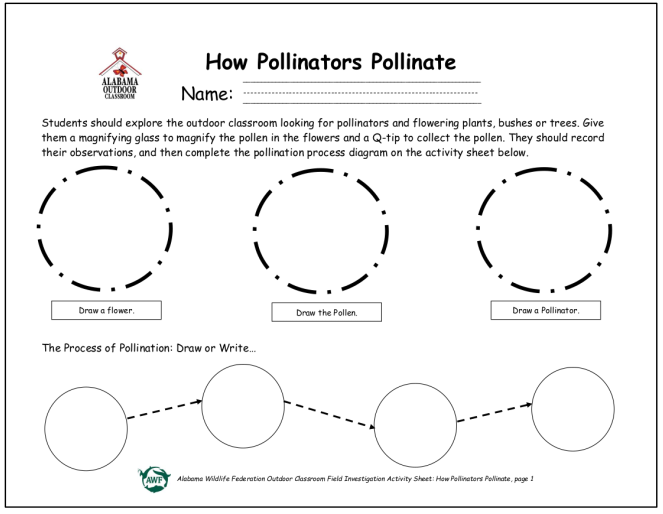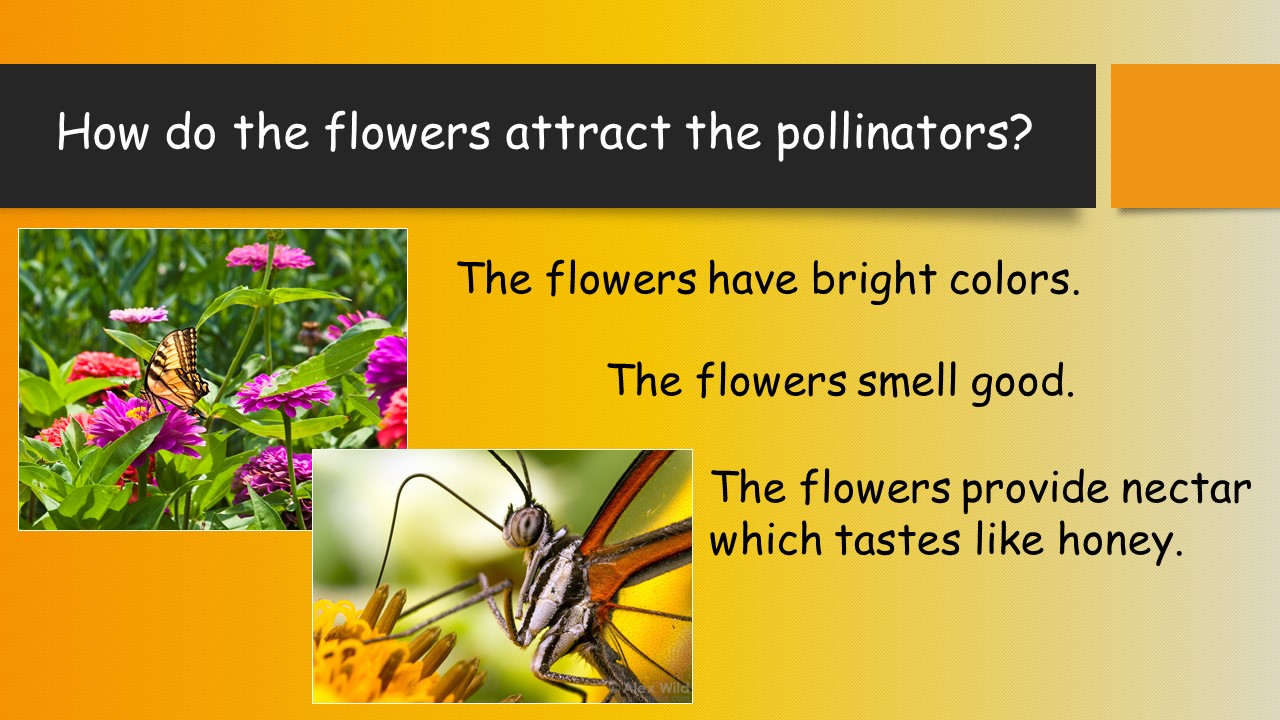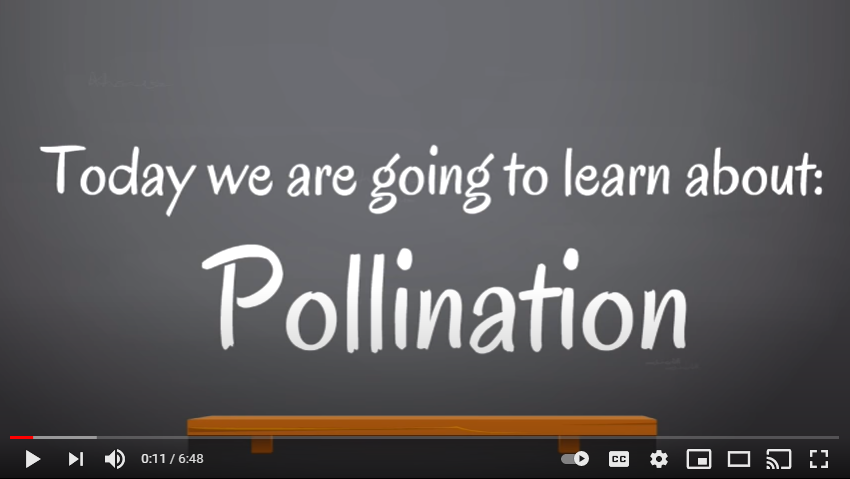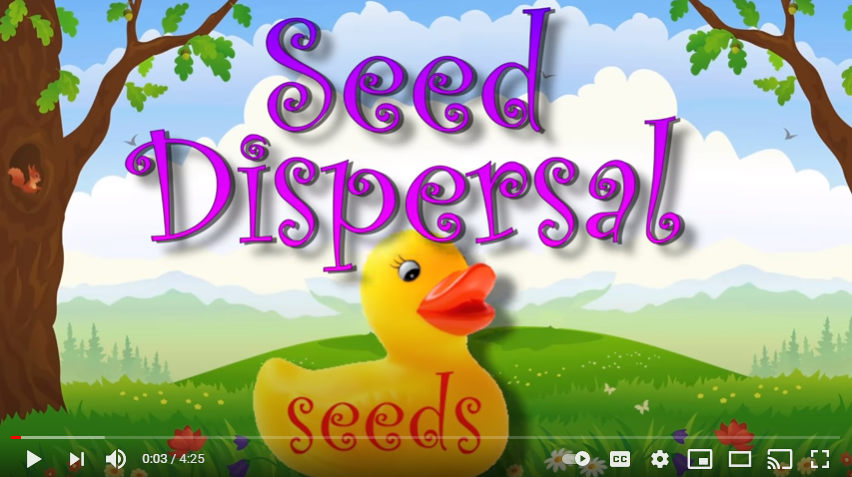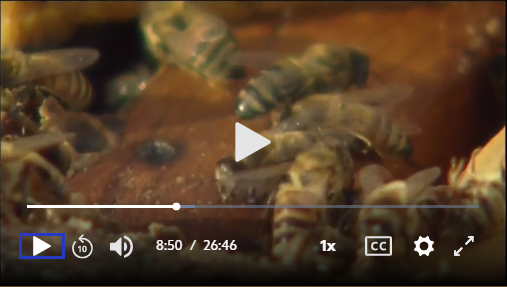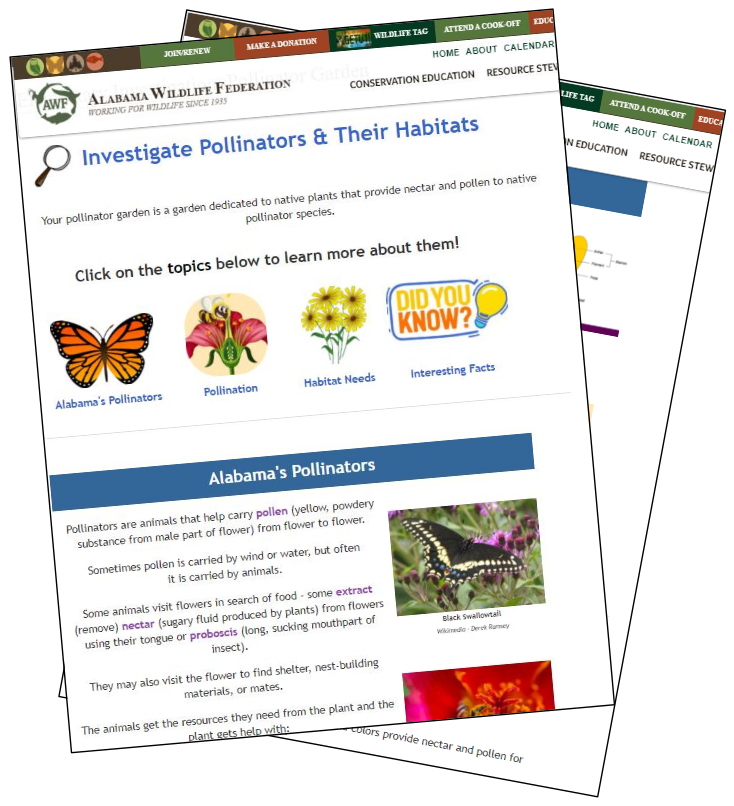Field Investigation: How Pollinators Pollinate
Students will investigate how pollinators (bees, beetles, birds, butterflies, etc.) help to transfer pollen from one flower to another.
Questions? Contact us at oc@alabamawildlife.org.
| Click on the orange links to access free educational materials: Lesson Plans | ALSDE Standards Taught |
|
| Activity Page (or as Word Doc) with Answer Page | |
| Outdoor Activity Materials: activity pages, clipboards, pencils, magnifying glasses, Q-tips, crayons or colored pencils |
|
Step 1: Engage through Discussion
|
|
| Engage the students and capture their interests with an Interactive Q&A (or as PDF) that allows you to click through the questions one at a time. You can gauge your students' understanding of the topic as they answer the questions. Print and use the Q&A Info Sheet (or as Word Doc) to anticipate the next question in the Interactive Q&A and to guide the conversation with the students. (Note: For the PowerPoint (PPT), click "Slide Show" & "From Beginning" to display the questions and answers separately.) | |
| Use these tools to continue the discussion: | |
|
Step 2: Explore with Literature
|
|||
| As you read these books, you can further explore the topic and discuss your students' experiences and knowledge around the topic: What is Pollination? (Big Science Ideas) by Bobbie Kalman (ISBN: 978-0778733065) The Reason for a Flower: A Book about Flowers, Pollen & Seeds by Ruth Heller (ISBN: 978-0698115590) Animal Pollinators by Jennifer Boothroyd (ISBN: 978-1467760690) Who Will Plant a Tree? by Jerry Pallotta (ISBN: 978-1585365029) |
|
|
|
| Step 3: Explain with an Educational Video | ||
| Use these educational videos to help explain the topic in more detail: | ||
| Pollination for Kids (6:48 min) @ https://www.youtube.com/watch?v=9AuVm1jpKEA |
Seed Song-How Seeds Move (4:25 min) @ https://www.youtube.com/watch?v=3CCOWHa-qfc |
The Decline in Bees - Part of an America's Heartland show (5:12 min. total - click play button and it will auto-play from 8:43 to 13:55) @ http://www.americasheartland.org/episodes/ episode_304/migrant_bees.html |
| Step 4: Elaborate with a Field Investigation in the Outdoor Classroom | |
| Students apply what they have learned as they investigate the topic in your outdoor classroom and record their real-world observations on their How Pollinators Pollinate Activity Page (as a Word Doc). | |
Activity Tips
|
|
| Procedure Indoor Discussion:
|
|
Wildlife Identification Resources
|
|
| Step 5: Evaluate with an Assessment Activity | ||
| Review and assess the students’ observations and answers on their observation pages: Answer Page Evaluate the students' understanding of the topic with the following assessment tools:
|
||
Questions? Contact us at oc@alabamawildlife.org.
.
 Wildlife Tag
Wildlife Tag
